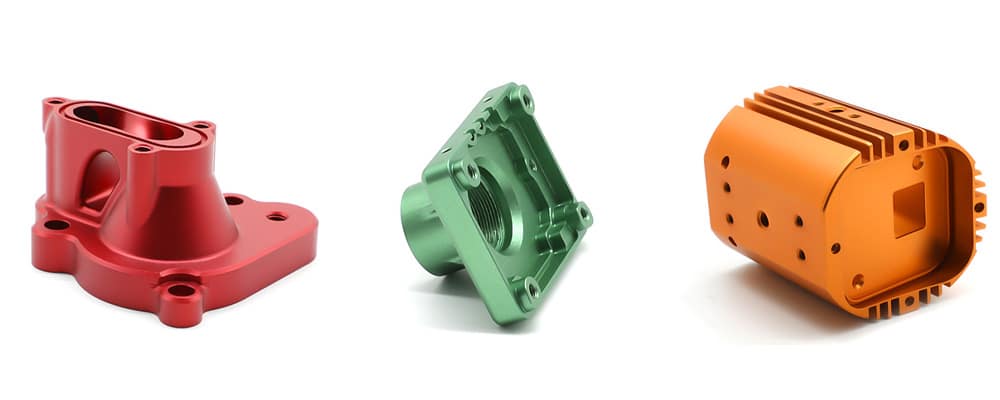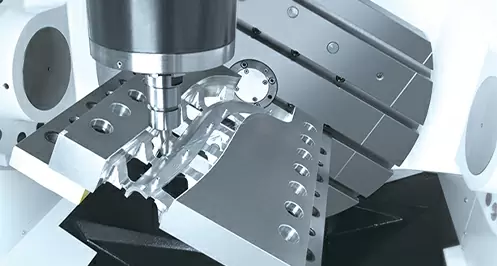The machining process is a subtractive procedure in which excess material is removed from a given workpiece to achieve the desired shape for a part or product. The process is highly versatile as one can work with it using several metallic and non-metallic substances. Meanwhile, aluminum is the most widely used material for machining operations.
Aluminum is ideal for machining and similar manufacturing processes due to several of its properties. For example, it is much lighter-weight material, with lower material hardness and more excellent formability. So, in this article, we will get into more details of the advantages aluminum provides first. After that, we will examine how aluminum is used for several machining operations and enlist some of the commonly machined parts using aluminum.

Aluminum Machining Operations: Advantages
Several characteristics in its physical and chemical properties make aluminum ideal for machining. Accordingly, some of these characteristics are enlisted below.
Aluminum Machining Processes: An Overview
The term “machining” serves as an umbrella term including many subtractive manufacturing processes. Some examples include milling, drilling, and turning. Besides the various subtractive manufacturing processes, machining encompasses multiple technologies and techniques. Along similar lines, computer numeric control machining, swiss screw machining, vertical/horizontal mining, and electrical discharge machining are all different types of machining technologies. So, the text below elaborates on how aluminum is employed in each machining methodology.
CNC Machining
Undoubtedly, CNC machining is where software and hardware equipment work hand-in-hand to guide the movement of the machine tools over the surface of the aluminum workpiece. Due to involving highly calculated parameters and metrics, the resulting aluminum CNC parts or products are exact and accurate.
Swiss Screw Machining
If the process involves producing small-sized but exact cylindrical components, the best option to go for is swiss screw machining. This machining technique is mainly used to manufacture electronic and medical industry parts.
Vertical and Horizontal Milling
Typically, the milling process uses rotating tools to cut and remove excess material on the metal workpiece. The equipment features either a horizontal or a vertical configuration. The former is more suited to large quantities of complex aluminum parts. In contrast, the latter is suitable for smaller quantities of simple features.
Electrical Discharge Machining
EDM alludes to a machining process that utilizes an electrical discharge between two electrodes to remove material off the metal workpiece. Usually, it is preferred for materials that are often difficult to machine. However, it is not limited to such materials and can get used on all electricity-conducting materials such as aluminum.
Regular Machined Aluminum Parts
Aluminum is employed explicitly in industries where its light-weightiness and other physical properties are needed. A wide variety of parts or products are produced by industry professionals from the machining of aluminum. The industries that use these products are automotive, communications, electrical and electronic products, lighting, and medical.
On the other hand, products might incorporate dowel pins, front panels, EMI housings, lighting fixtures, spline shafts, medical devices, and even parts used in carriers.


